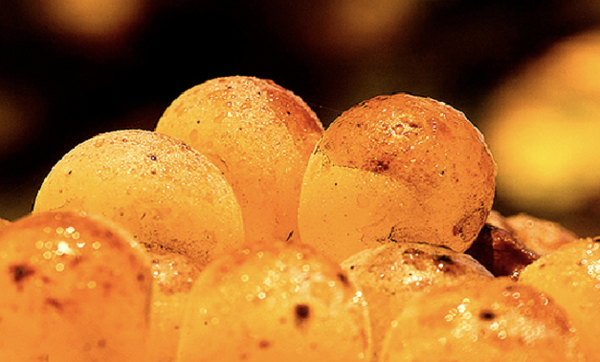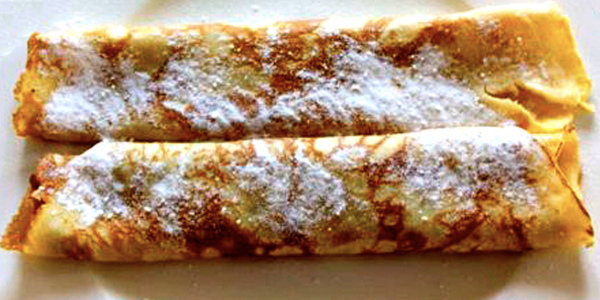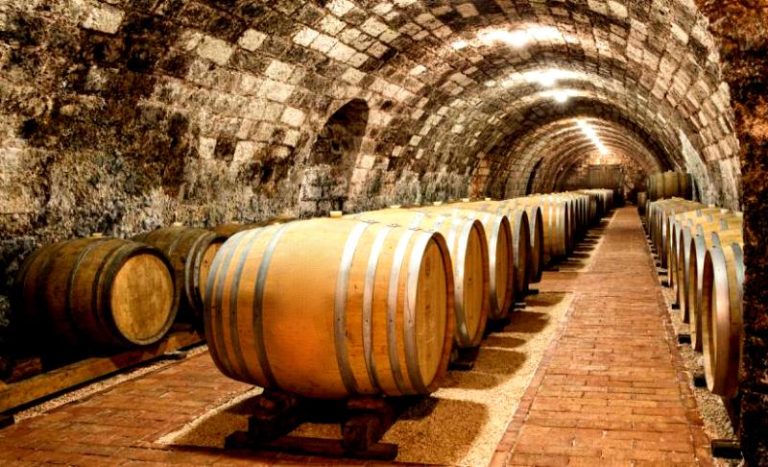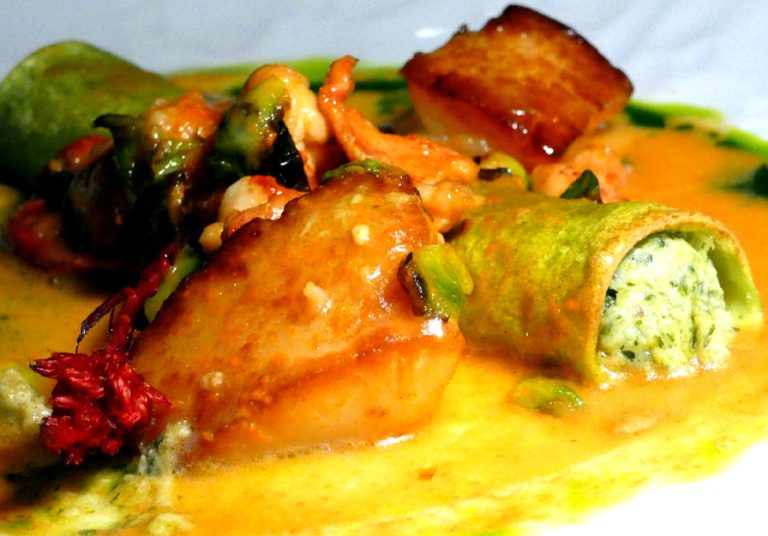Published with permission from LuxuryWeb.com
Tokaj, an ancient wine-producing region, now straddles North-East Hungary and Slovakia. Once part of the vast Tokaj-Hegyalja within the Kingdom of Hungary, the region boasts 28 villages and 11,149 hectares of premium vineyards.
Before WWII, the sweet Tokaji wines, crafted from Furmint or Muscat grapes, were globally renowned luxury dessert wines. In 1796, they were so esteemed that a Hungarian statesman termed Furmint as the “true Tokaji Aszú” grape.

Sadly, post-WWII Soviet control saw these wines decline. The era’s Communist regime seized these gold-standard vineyards, persecuting many vineyard-owning families and promoting mass production of low-quality wines, primarily for export to Russia.
Fast forward to today, and the fall of the Iron Curtain has seen many families return, eager to revive their legacy. Modern Tokaji wines are both sweet and dry, reminiscent of superior German Rieslings or elite Sauternes.

Success
You are now signed up for our newsletter
Success
Check your email to complete sign up
A recent sampling of the Patricius Tokaji range reaffirmed my belief that Tokaji wines are making a strong comeback on the global stage. Though the exceptional wines are limited in quantity, the fervor of Hungary’s top vintners ensures a resurgent demand for both dry and sweet Tokaji.
Our gourmet journey began with a 2010 Late Harvest Katinka. This sweet, light-bodied wine offers a distinctive honey, orange, and apricot aroma, and was beautifully paired with Liptauer, a spicy Austrian paprika-infused cheese spread.

Next was the 2015 Patricius Tokaji Muscat, paired with a tarragon and mushroom infused Duck Spätzle. This wine, tracing its roots to ancient Mediterranean civilizations, was dry with a floral aroma and crisp minerality.
For the main course, we enjoyed crispy-fried Mountain Trout alongside the 2018 Patricius Tokaji Dry Furmint. This aromatic, light-gold wine, evoking superior Rieslings in its minerality and acidity, harmonizes perfectly with white meats, robust fish, and mature cheeses.
Dessert was a Marillen Palatschinken, a central European crêpe filled with apricot preserves. Paired with the 2002 Patricius Tokaji 6 Puttonios Aszú, it brought to mind the cherished pre-WWII Tokaj wines. This sweet, aromatic wine bursts with tropical flavors like honey, pineapple, and ginger.

The experience concluded with a 2002 Tokaj Aszúeszencia digestif. One of the most revered dessert wines, this botrytized marvel from Aszú grapes was truly memorable. My only wish? To savor just one more sip.
Visit LuxuryWeb.com to see the original article, and more.















